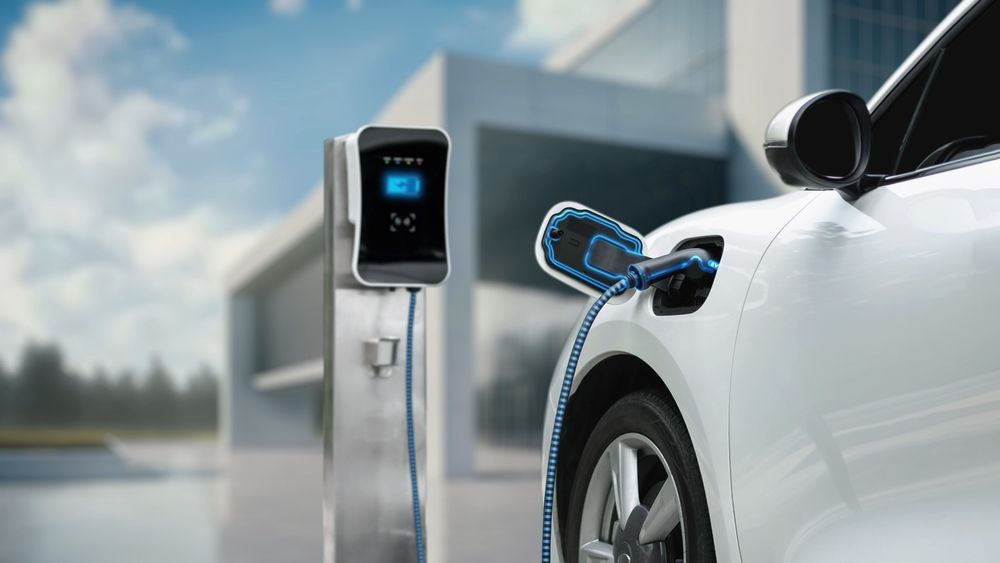As the world grapples with the pressing need to combat climate change and reduce pollution, electric vehicles (EVs) have emerged as a promising solution. Offering a cleaner, more sustainable alternative to traditional internal combustion engine (ICE) vehicles, EVs are at the forefront of the transition towards a greener future.
How Are Electric Vehicles Better for the Environment?
From reduced greenhouse gas emissions to decreased air pollution, we’re about to discover how electric vehicles are better for the environment:
1. Lower Greenhouse Gas Emissions
One of the most significant advantages of electric vehicles is their potential to reduce greenhouse gas emissions. Unlike ICE vehicles that burn fossil fuels, producing carbon dioxide (CO2) and other harmful emissions, EVs run on electricity.
EVs can operate with zero tailpipe emissions when charged from renewable energy sources like wind, solar, or hydropower. Even when charged from the conventional power grid, EVs typically produce fewer emissions over their lifetime than traditional vehicles.
According to a Union of Concerned Scientists study, EVs produce less than half the emissions of comparable gasoline-powered cars over their lifespan, including manufacturing and operation.
2. Reduction in Air Pollution
Electric vehicles contribute to improved air quality by eliminating tailpipe emissions. In urban areas, where traffic congestion leads to high levels of pollutants like nitrogen oxides (NOx) and particulate matter (PM), the shift to EVs can profoundly impact public health. These pollutants are linked to respiratory diseases, cardiovascular problems, and other health issues.
By reducing the number of ICE vehicles on the road, EVs can help decrease the incidence of these health problems, leading to cleaner air and healthier communities.
3. Energy Efficiency
EVs are generally more energy-efficient than traditional vehicles. Electric motors convert over 85% of electrical energy into movement, while the efficiency of internal combustion engines is typically around 20-30%. This means EVs use energy more effectively, reducing waste and lowering energy consumption.
Furthermore, advancements in battery technology and energy management systems continue to enhance the efficiency of electric vehicles, making them an increasingly viable option for sustainable transportation.
4. Conservation of Natural Resources
The transition to electric vehicles also has implications for conserving natural resources. EVs reduce the demand for oil, a finite resource with significant environmental extraction and processing impacts.
While the production of EV batteries does require certain minerals, such as lithium, cobalt, and nickel, the overall ecological footprint is smaller compared to the lifecycle of oil extraction, refinement, and combustion.
5. Renewable Energy Integration
Electric vehicles complement the growth of renewable energy by providing a flexible demand load for the electricity grid. EVs can be charged during periods of excess renewable energy production, such as on sunny or windy days, helping to balance the grid and better use renewable resources.
This synergy supports expanding renewable energy infrastructure, further reducing the reliance on fossil fuels.

Championing Eco-Friendly Power Stations
As the adoption of electric vehicles continues to rise, the development of eco-friendly charging infrastructure is crucial. Sunnoo is leading the way by providing environmentally sustainable power stations that support the push for greener transportation.
These power stations utilize renewable energy sources and advanced technology to offer efficient and reliable charging solutions, ensuring that EVs contribute positively to environmental sustainability.
Contact us today to learn more!



